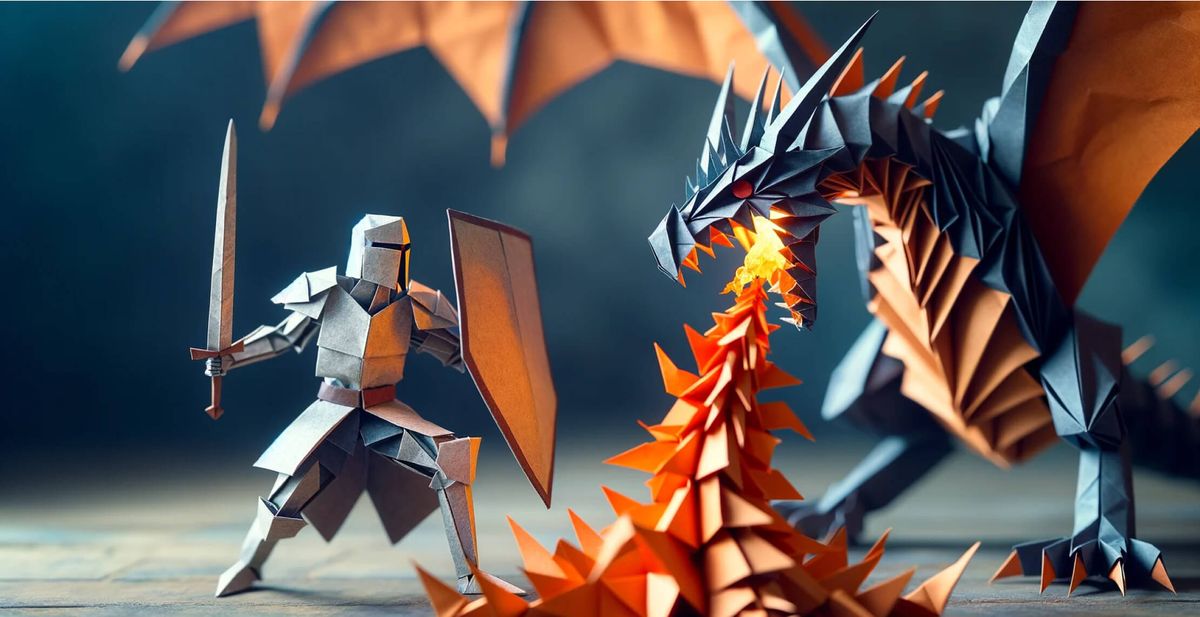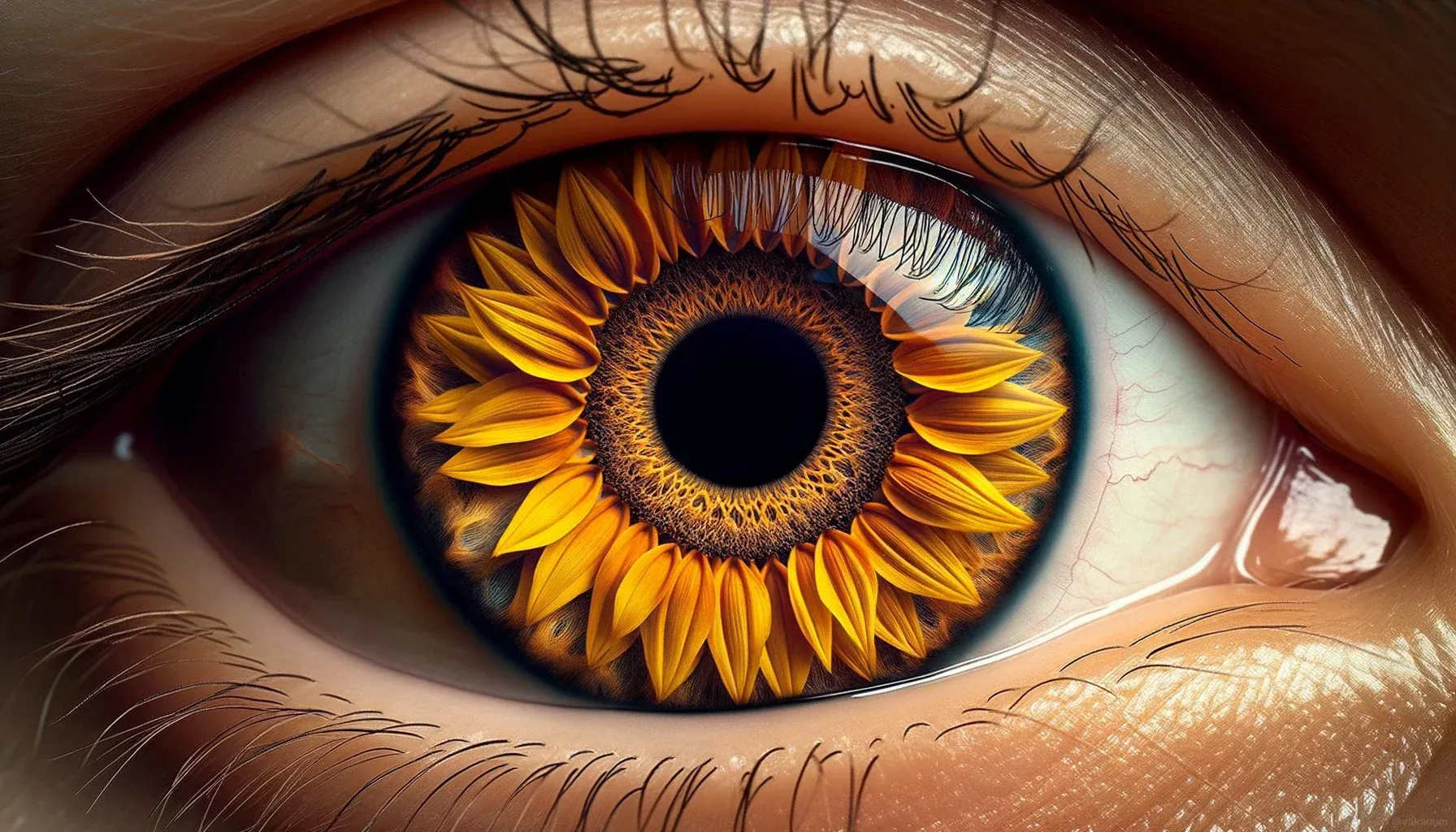
OpenAI has announced that DALL·E 3, their most capable image model is now available in ChatGPT Plus and Enterprise. The rollout to paid tiers of ChatGPT comes after months of testing and safety improvements by OpenAI to limit harmful content generation.
OpenAI says it has implemented a multi-tiered safety system for DALL·E 3, ensuring that images generated are more likely to steer clear of harmful, violent, adult, or hateful content. Before any content reaches the end-user, it undergoes meticulous safety checks—first when the user submits a prompt, and then when the system generates a visual.






Working with the Microsoft Bing team, expert red-teamers, and safety researchers, OpenAI was able to gather early user feedback and patch critical gaps in the early versions of DALLE-3. For instance, testers highlighted edge cases where graphic content or deceptively misleading images could be generated. The feedback also led to steps that limit DALL-E 3's ability to mimic living artists' styles or generate images of public figures.
According to OpenAI, these safety guards will continue improving through user feedback. The company urges ChatGPT users to flag any unsafe or inaccurate outputs using the flagging tool. This real-world data helps OpenAI train the AI responsibly per its core mission.
OpenAI also highlighted ways in which individuals can opt their images out from training future image generation models. They can block their website from being crawled by GPTBot, or they can complete a form to send OpenAI images that they want to be removed from existing training data.
OpenAI also revealed it is working on an initial prototype of a "provenance classifier" - an internal tool over 99% accurate at identifying if an unmodified image came from DALL-E 3. Even when the image undergoes common modifications like cropping, resizing, or JPEG compression, it maintains over 95% accuracy. Importantly, it does not provide a definitive verdict, only indicating the likelihood that an image was AI-generated. OpenAI believes collaboration across the AI industry is needed to develop robust techniques for identifying synthetic media.
Google and Meta are also working on similar solutions. Google DeepMind recently launched SynthID, a digital watermarking tool that can imperceptibly label AI-generated images. Meanwhile, Meta AI published research on an invisible watermarking technique called Stable Signature to distinguish images created by generative models. The development of provenance classifiers and watermarking by major AI companies highlights the priority of tackling potential misuse of synthetic media.
With the DALL-E 3 rollout, OpenAI aims to balance safety with creative potential. Responsible testing and development will allow the technology to benefit professionals, artists, and AI enthusiasts. For more details on how OpenAI prepared DALL-E 3 responsibly for wide release, take at the DALL-E 3 system card.

